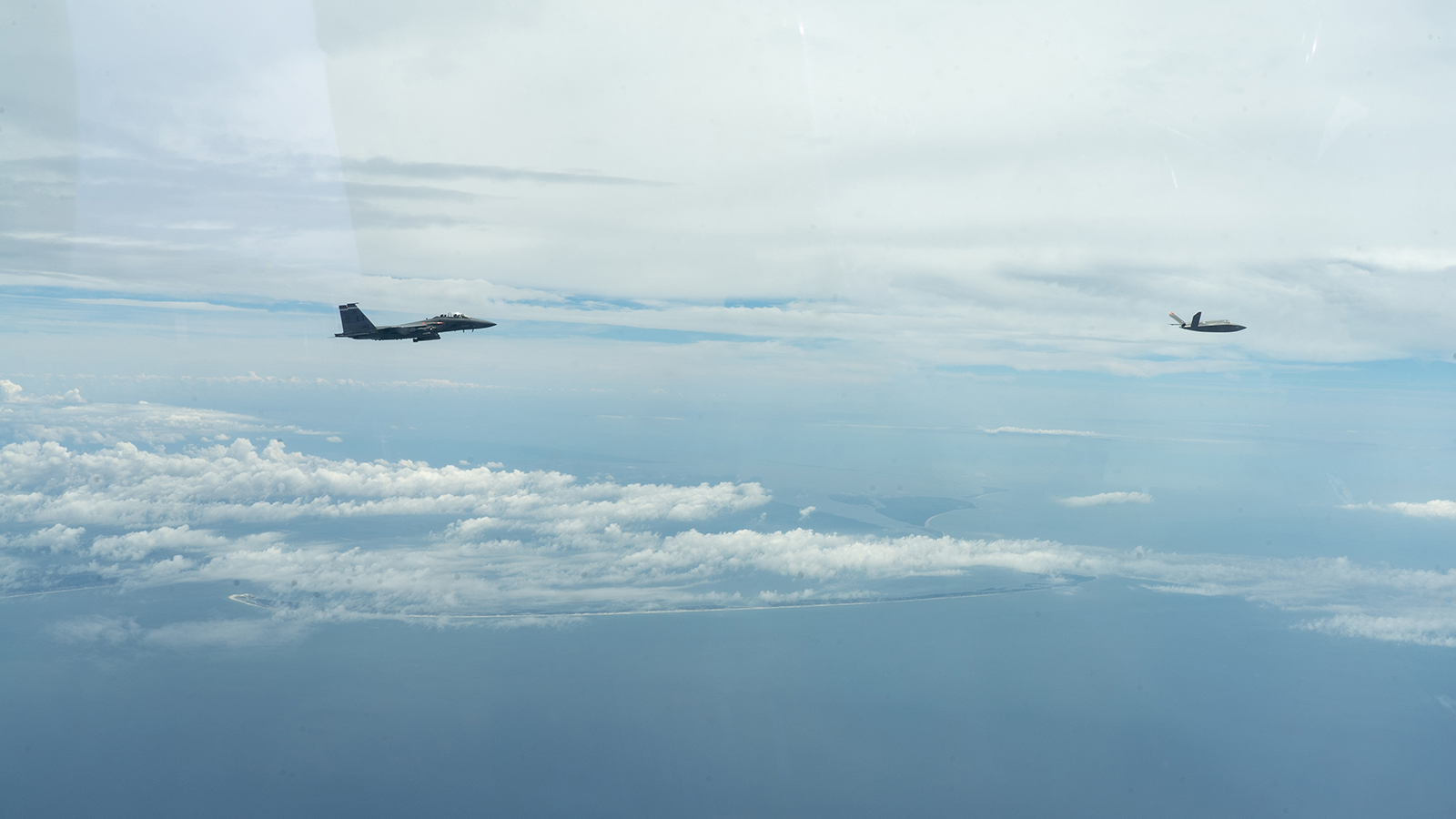Stay Up to Date
Submit your email address to receive the latest industry and Aerospace America news.
The Digital Avionics Technical Committee advances the development and application of communications, navigation and surveillance systems used by military and commercial aircraft.
As the computing world grieved the passing of Gordon Moore in March, the aerospace industry reflected on the many innovations in digital avionics made possible by the increased processing power that Moore predicted would double every two years. Without such an increase, now-burgeoning artificial intelligence-enabled systems would not exist. From military achievements in autonomy to civil regulatory milestones, this year saw many developments that owe their existence to the ever-expanding computing power that Moore foretold.
The start of advanced air mobility operations will usher in denser and more complex airspace, requiring onboard systems to make real-time decisions by analyzing and processing enormous amounts of information while maintaining low size, weight and power. In February, Intel Corp. and Swiss company Daedalean released the white paper “The Future of Avionics: High Performance, Machine-Learned and Certified” to demonstrate for the first time how to ensure that a machine learning-based system can simultaneously meet computational and size, weight and power limitations as well as certification requirements. It laid out a reference architecture — a specific list of requirements to create the right types of computers — for certifiable embedded electronics, and described the challenges of applying software assurance to a machine-learned device. This approach paves the way for a new generation of airworthy equipment driving the aviation industry’s need for high-performance embedded computing.
In March, Kaman Corp. of Connecticut and PHI Aviation of Louisiana announced they will partner to develop the KARGO UAV for commercial cargo operations. The quadcopter will feature onboard autonomous flight control software from Pennsylvania-based Near Earth Autonomy, which previously provided AI-driven autonomous flight systems for Kaman’s K-MAX TITAN optionally piloted helicopter for the U.S. Marine Corps. In May, the U.S. Air Force selected Near Earth Autonomy to establish a reliability standard for autonomous aerial transport that defines the processes necessary for meeting regulatory, insurance and end-user assurance demands.
In April, Xwing of California initiated the certification process for its Superpilot autonomous flight control system, which the company wants to install aboard Cessnas for pilotless cargo delivery. The company submitted a Project Specific Certification Plan to FAA for a standard category certification project for a large uncrewed aircraft system. Equipped with electro-optical and infrared cameras, radars and lidars, Superpilot uses AI to facilitate autonomous takeoff, landing and in-flight collision avoidance. Should cargo flights prove successful, Xwing plans to install Superpilot on passenger aircraft.
In July, the Air Force Research Laboratory conducted the first flight of machine learning-trained AI algorithms on an unoccupied aircraft. The three-hour test flight with an XQ-58A Valkyrie, developed by AFRL and Kratos Defense and Security Solutions, included the algorithm solving “a tactically relevant ‘challenge problem’ during airborne operations,” according to an AFRL press release. This was the culmination of millions of hours of testing, including high-fidelity simulation events, sorties on earlier model drones, hardware-in-the-loop events and ground test operations to mature the algorithms to assure safety in the field.
Also in July, the European Aviation Safety Agency conducted a stages of involvement audit on what it says could be the first certified machine learning-based safety-related application. Developed in a partnership between Florida-based Avidyne and Daedalean, the PilotEye traffic awareness system uses machine-learned algorithms to process and analyze video from aircraft-mounted cameras to track nearby airborne objects. PilotEye can detect noncooperative traffic such as drones, hot air balloons and birds, which do not transmit transponder signals alerting to their presence. The audit follows the Concepts of Design Assurance for Neural Networks reports co-authored by Daedalean and EASA and could demonstrate the W-shaped learning assurance approach as an acceptable means for compliance.
Stay Up to Date
Submit your email address to receive the latest industry and Aerospace America news.




